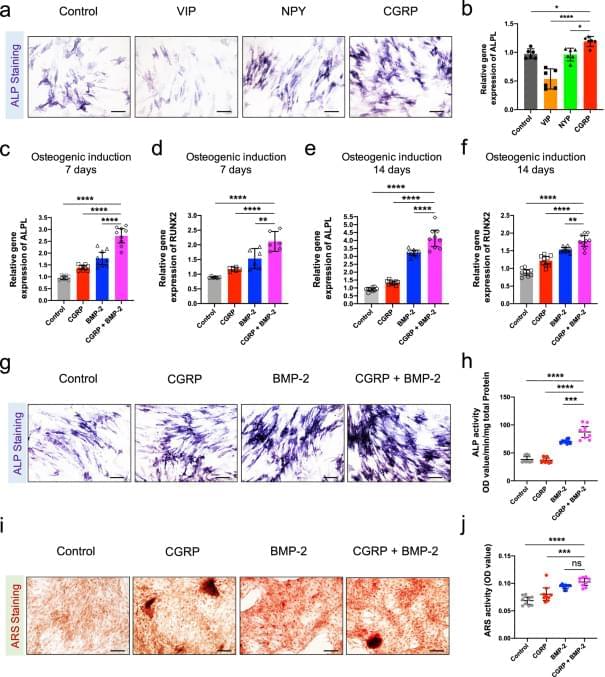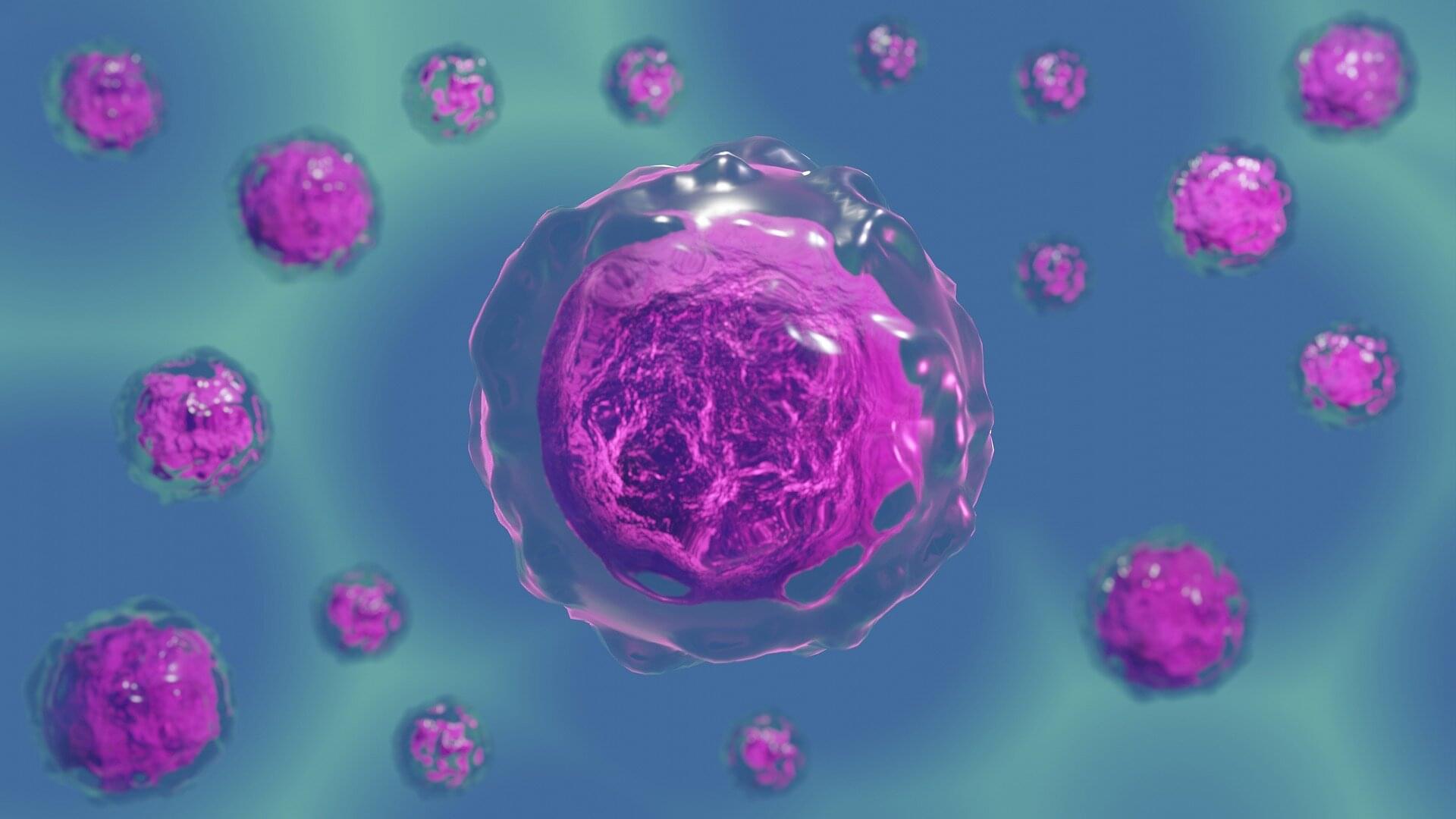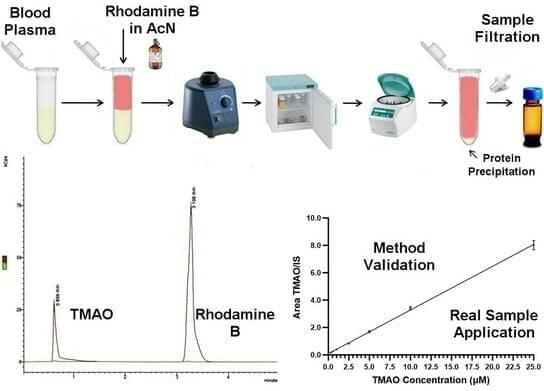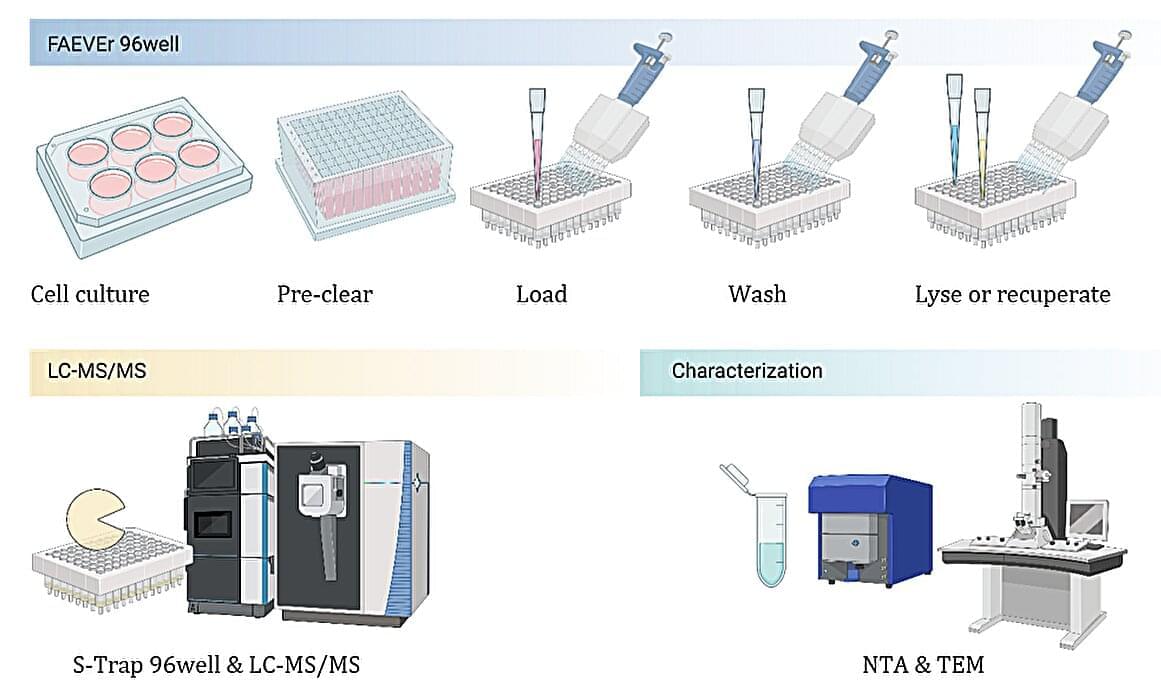Basel, July 8, 2025 – Novartis today announced Coartem® (artemether-lumefantrine) Baby has been approved by Swissmedic as the first malaria medicine for newborns and young infants. The new treatment, also known as Riamet® Baby in some countries, was developed in collaboration with Medicines for Malaria Venture (MMV) to treat the potentially deadly mosquito-borne disease.
Eight African countries also participated in the assessment and are now expected to issue rapid approvals under the Swiss agency’s Marketing Authorization for Global Health Products procedure.1 Novartis plans to introduce the infant-friendly treatment on a largely not-for-profit basis to increase access in areas where malaria is endemic.
“For more than three decades, we have stayed the course in the fight against malaria, working relentlessly to deliver scientific breakthroughs where they are needed most,” said Vas Narasimhan, CEO of Novartis. “Together with our partners, we are proud to have gone further to develop the first clinically proven malaria treatment for newborns and young babies, ensuring even the smallest and most vulnerable can finally receive the care they deserve.”









